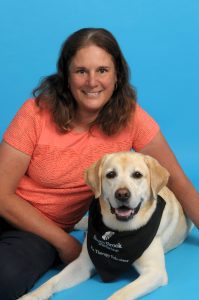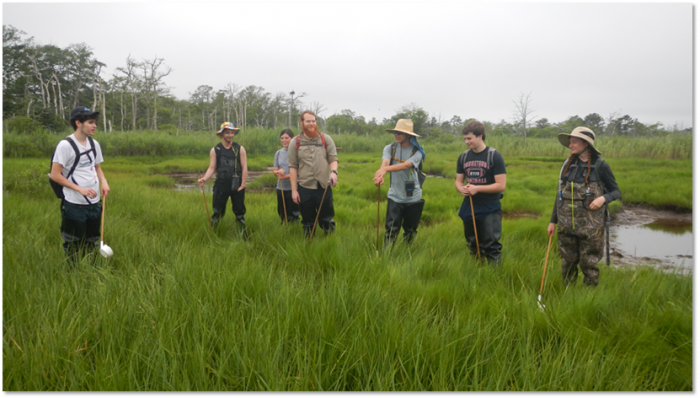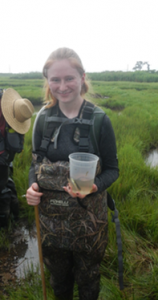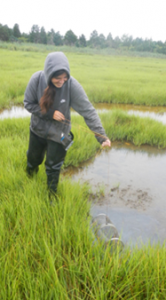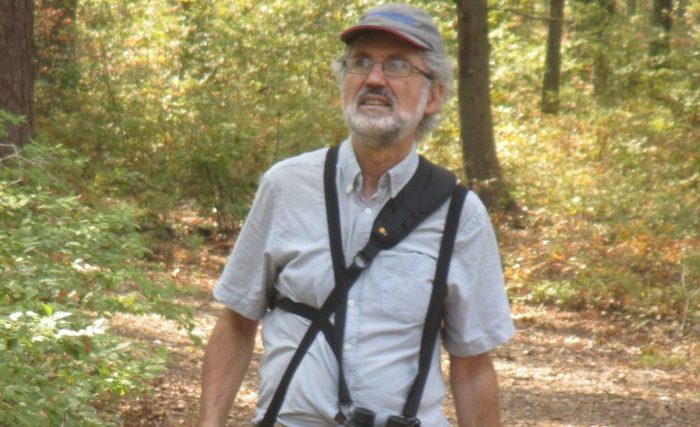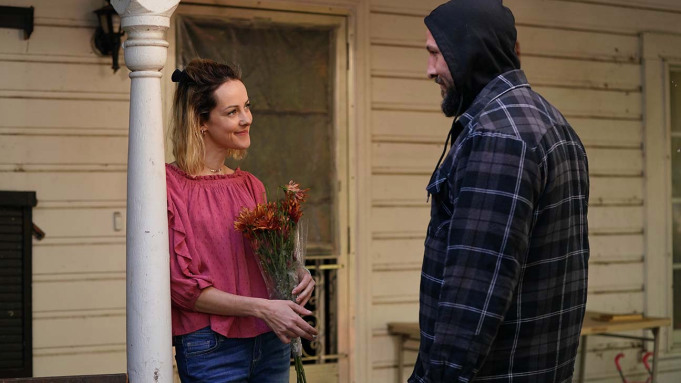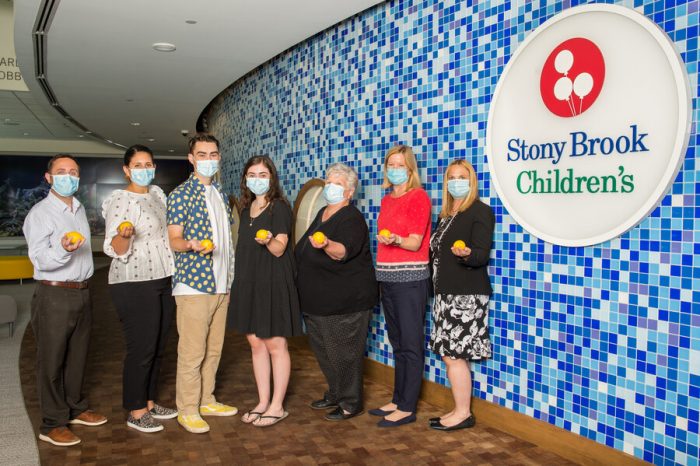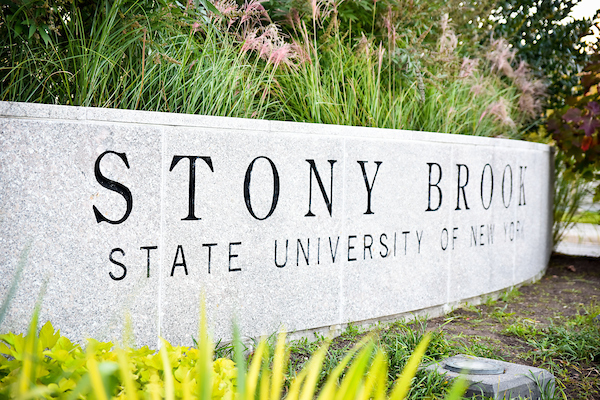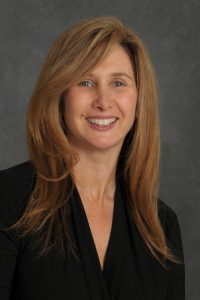By Daniel Dunaief
In the world of conservation, scientists and policy makers have relied on the International Union for Conservation of Nature Red List of Threatened Species to understand just how likely species are to go extinct, often as a result of human actions.
When a species moves from one threat level to another, conservationists typically spring into action, taking steps to protect individuals within a species and the habitat in which that species lives.
A team of over 200 scientists in 171 institutions tested a new measure, called the Green Status, that is designed to measure how effective those conservation efforts have been.
“There are always stories about conservation successes,” said H. Reşit Akçakaya, one of the leaders of the effort who helped develop the methodology for this new metric. The scientists wanted to “create a standard, objective way of recognizing the success and effectiveness of conservation measures. That is very important. We need optimism. People don’t act unless there is hope.”
The Green Status monitors a species recovery, measuring the impact of past and future conservation efforts. Researchers including Akçakaya, who is a Professor in the Department of Ecology and Evolution at Stony Brook University, came up with a formula to determine Green Status.
The formula includes elements conservations consider important: it should be safe from extinction, it should have a large enough population to have all its natural interactions with the other parts of the ecosystem, and it should be represented in every ecosystem in which it naturally exists and has existed.
The scientists considered the trade-offs between practicality in aiming for a system that is feasible to apply to many species and comprehensiveness, which incorporates relevant aspects of, and factors involved in, species recovery, Akçakaya explained in an email.
The International Union for Conservation of Nature Green Status of Species will join the IUCN Red List to provide a more complete update on a species’ conservation condition, which includes their extinction risk and recovery process.
In a new paper, published in Conservation Biology, scientists from around the world contributed to creating preliminary Green Status for 181 species.
It took seven years from the time the scientists came up with the method, developed it further to make it applicable to all species, published papers, organized workshops and other consultations to get feedback and tested the method.
Akçakaya, who has been involved with the Red List since 1999, said the new system provides information about the status of the species that goes beyond the risk of extinction.
“It’s not sufficient to prevent extinction,” Akçakaya said. “We want them to recover as well.”
One of the challenges in developing this method was in deriving definitions that apply across all species and that are not specific to the conditions and threats any one species faces.
Extinction is difficult to measure but easy to conceptualize, he explained. Recovery, on the other hand, is “not as clear cut.”
The first goal of this enterprise was to come up with ways of standardizing how to measure the recovery of a species that would reflect whether conservation efforts were working.
A species on the Red List might have been critically endangered over a decade earlier. After considerable conservation effort, that species may still be critically endangered, according to the same Red List.
That, however, does not indicate anything specific about whether the conservation efforts are working.
The Red List “doesn’t tell us how much more we need to work to get to a level that we can call recovered,” Akçakaya explained.
The Green Status is not currently a part of conservation policy decisions, particularly because it has only been applied to 181 species. The IUCN, however, which is the world’s largest network of conservationists and conservation scientists, has approved it.
Getting from 181 to tens of thousands will take several years, although Akçakaya said he “has a good start” and he has interest from different people who are involved in conservation.
“We are on our way” towards creating a metric that affects conservation policy, he said. “It will take several years to be used” to affect conservation policies for threatened species.
When the Green Status is more broadly available for a wider collection of species, Akçakaya believes it will provide a way for government officials to make informed decisions.
The IUCN, however, does not tell local and national officials what to do with the information provided with the Red List or with the Green Status.
In developing the Green Status, Akçakaya worked with numerous scientists and conservationists. For this methodology, the researchers received hundreds of comments from people who shared insights online. They also announced the work within the IUCN network, through which they received feedback.
Part of the larger advances in the context of the Green Status came from looking not only at the resilience of the species, but also at what the species is doing in the ecosystem. “Is it fulfilling its ecological role and its function in the ecosystem?” Akçakaya asked.
The Stony Brook scientist is pleased with the Green Status work. The intelligence of the group is larger than the intelligence of any one person, he said.
The group “had the same goal,” he added. “It was a really satisfying experience in terms of how we came up with a system.”
The Green Status can help balance the conservation news. While conserving biodiversity is urgent, one of the things this measure can achieve is to formalize the successes.



